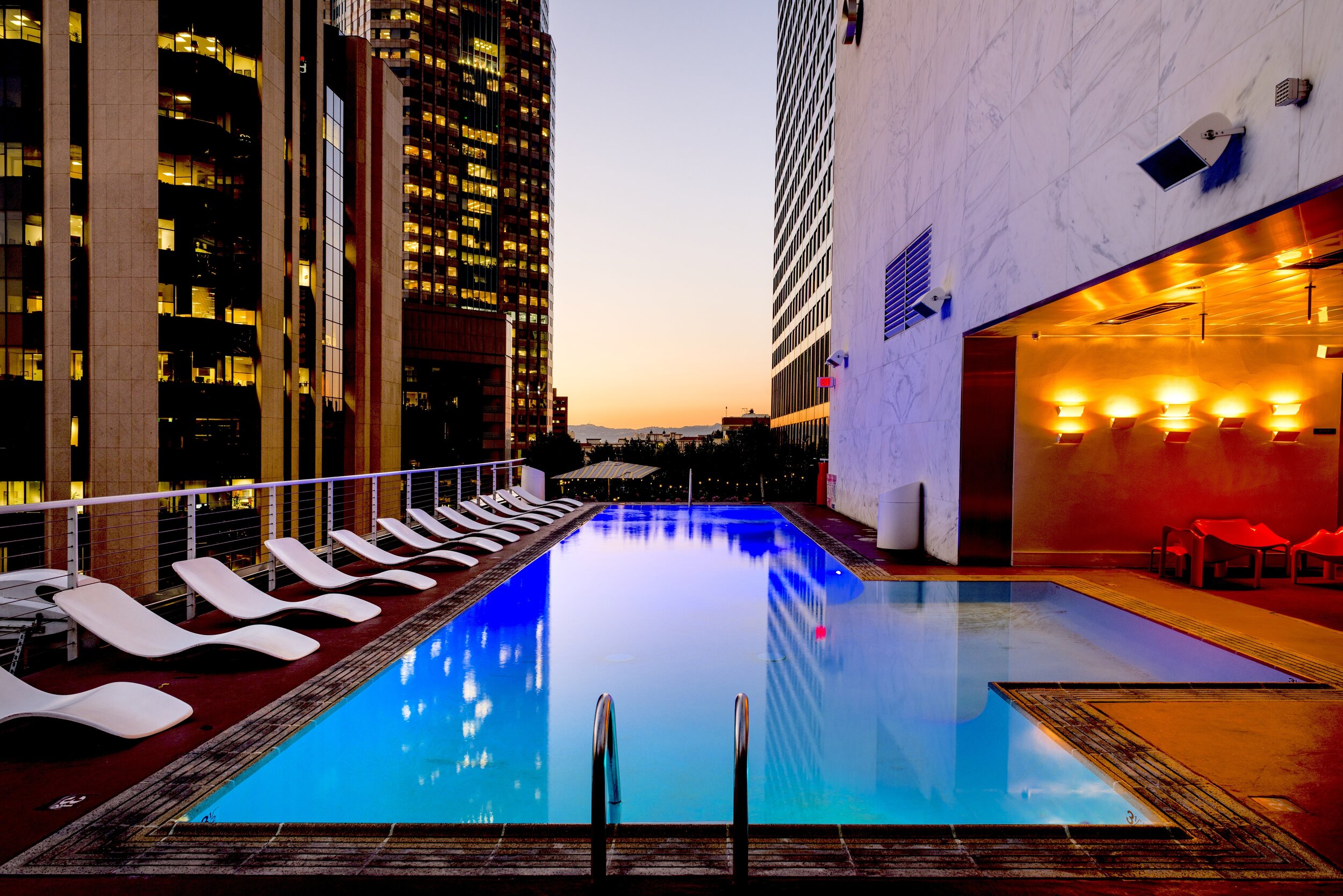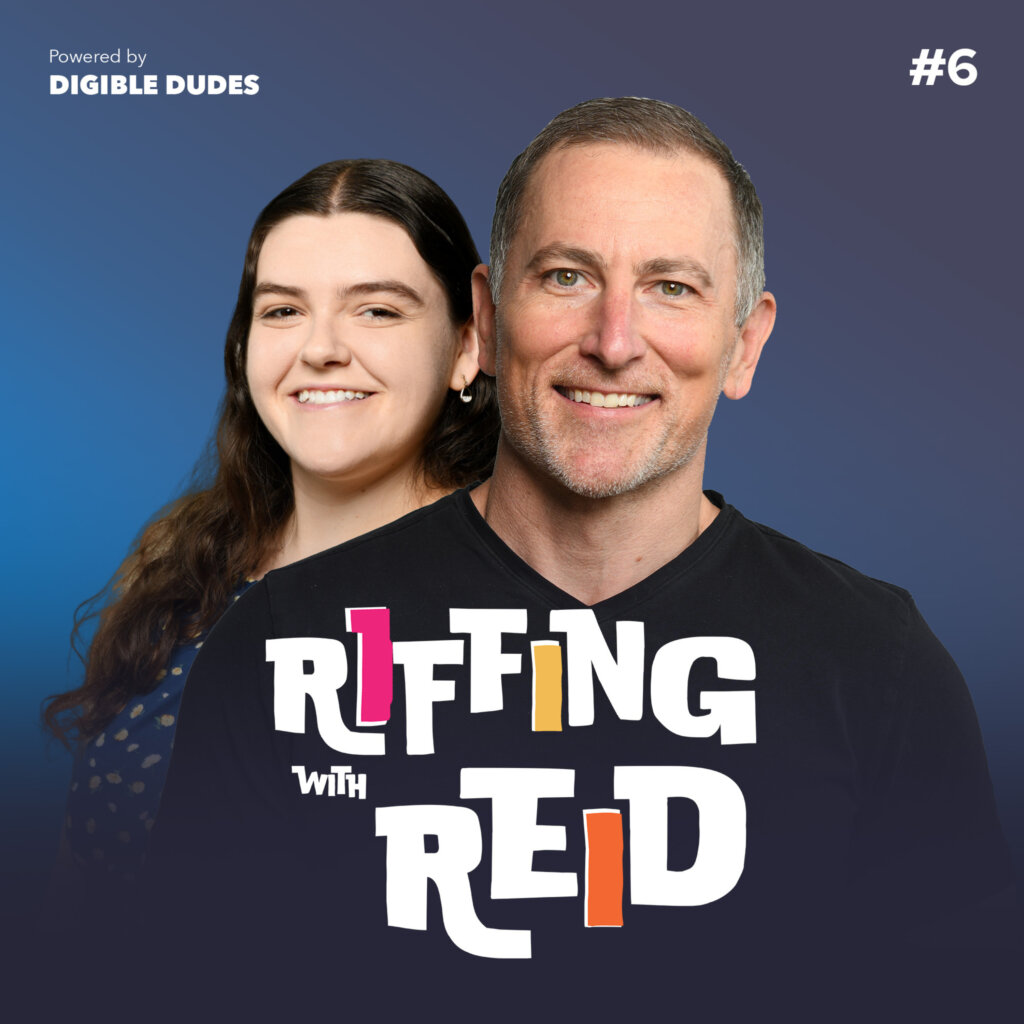Pool Image vs. Standard Image Ads During Winter Months
OVERVIEW
During the long winter months — when the temperatures plummet and the weather becomes almost unbearable — what are prospective renters dreaming about? Cozying up in your clubhouse? Enjoying all the indoor amenities your property has to offer? Or are they merely longing for the days when they can lounge by the pool?
In an attempt to answer these questions, to really dive into the minds of modern renters, the team at Digible decided to test the efficacy of pool images in display ads during off-season months. We wanted to know if pool images could generate results, engaging renters who need something to look forward to during the dregs of winter, or if the water shots should just stay hidden away until the weather warms.
The results?
Well, as it turns out, running display campaigns with pool images, even during the winter months, can positively impact user engagement, resulting in an increase in site visits, as well as higher click-through rates. However, these splashy campaigns also tend to be more expensive, with higher CPMs and cost per site visits.
Let’s dive into the details.
THE CHALLENGE
When running display ads, the success of your campaign depends heavily on your creative. With no space for detailed headlines or lengthy descriptions, it’s often up to the image to grab attention and drive site visits and conversions. So, what happens when you run a campaign with an image that doesn’t exactly fit the season? Say, a picture of a pool during the depths of December?
As opposed to clubhouse or indoor amenity images — the standard evergreen display content — pool images are thought to be more seasonal, and therefore less effective, during winter months. But is this really true? Does the data support this assumption? Or can ads featuring pool pics drive engagement year-round?
STRATEGY
To set up this test, we implemented both standard creative and pool image creative in one account, allowing our display platform to optimize and rotate between the two versions. We kept the demographic and audience targeting exactly the same to ensure that the only difference between the two ads was the featured image. For the sake of month-over-month comparison, the ads ran through peak pool season, as well as during the colder months.
RESULTS
From July – October, the pool image display ads were served a total of 487,633 times. We saw a 74% viewability, resulting in a .125% CTR, and a 0.06% Site Visit Rate. Compared to the standard image display ads, the pool images had 68% higher CTR and a 16% higher SVR.
While the CTR and SVR provided promising results pertaining to user engagement, the pool image display ad also resulted in a higher CPM (at $0.45) as well as Cost/Site Visit (at $0.82).
Here are a few additional data points from the test:
-
Pool images served during October increased overall CPM by 116%
-
Pool images increased overall Cost per Site Visit by 15% and CPM by 32%
-
Pool images served in October increased overall Cost/Site Visit by 45%
PERFORMANCE:

CONCLUSIONS
The increase in CPM and Cost/Site Visit can be attributed to higher costs associated with the ad placement itself. While the pool image display ads saw almost half of the number of impressions as the standard ads, the pool image always saw a significantly higher viewability, which could indicate that the placement was (on average) closer to the top of the page. This premium level of viewability affects the bid for the top of page placements, thus increasing the cost paid for the display ad to be placed.
However, despite these higher costs, both CTR and Site Visit Rate increased significantly with the pool image ads. So, in this case, higher costs cannot be attributed to a lower-performing ad, thereby dispelling the myth that pool images are only successful in the summer. Users are indeed engaging with the pool image display ads, even to the point where CTR and SVR are exceeding that of the standard image ads.
As users trend towards increasingly shorter attention spans, they tend to not scroll too far down website pages, and they don’t always pay full attention to the content when they do. Higher viewability and better placements on the page encourages more users to click on the ad and go to the site, as the ads are reaching users when they are more likely to be paying attention.
For property managers with leaner budgets, sticking to the standard image ads during winter months will encourage high impressions and decent user engagement. However, if your budget is generous, consider running pool image ads during these winter months to drive increased user engagement and keep site visit high.
Interested in learning more about display and seasonality? Give us a shout.








